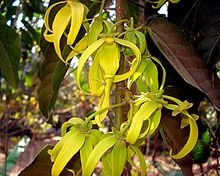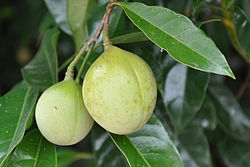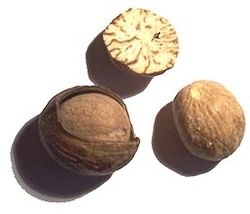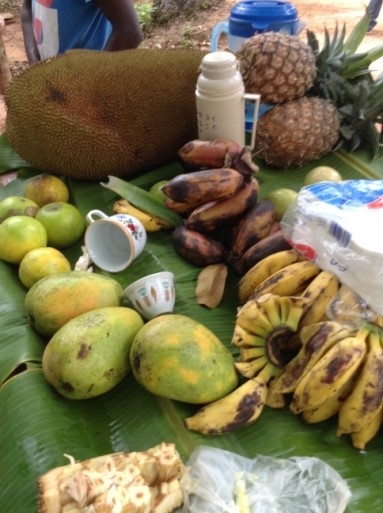The Cananga odorata is valued for the perfume extracted from its flowers, called ylang-ylang (a name also sometimes used for the tree itself), which is an essential oil used in aromatherapy. The oil from ylang-ylang is widely used in perfumery for oriental or floral themed perfumes (such as Chanel No 5).
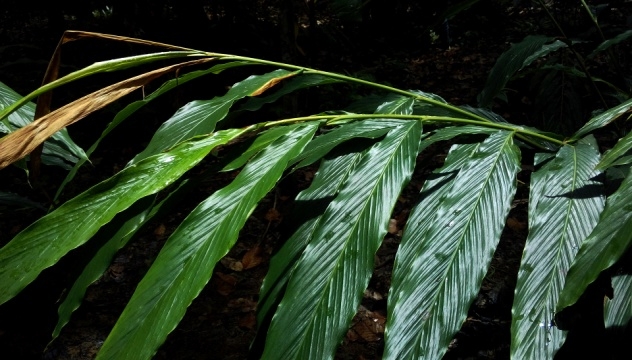
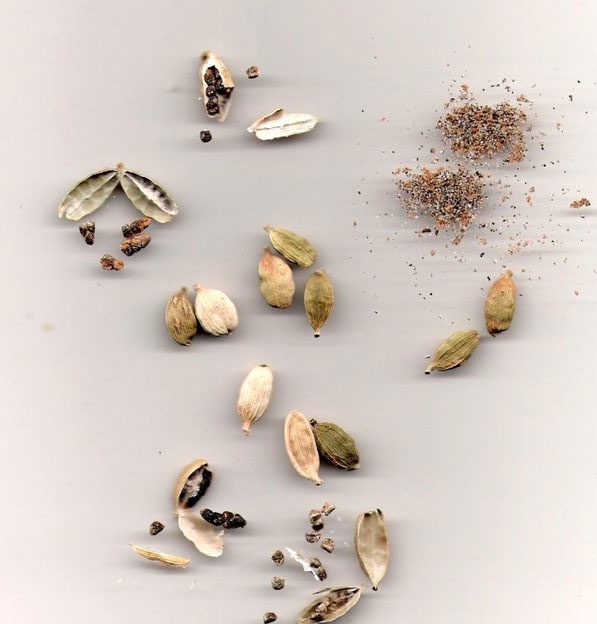
Cardamom is a spice made from the seeds of several plants in the genera Elettaria and Amomum in the family Zingiberaceae. They are recognised by their small seed pods: triangular in cross-section and spindle-shaped, with a thin papery outer shell and small black seeds; Elettaria pods are light green and smaller, while Amomum pods are larger and dark brown. Cardamom is the world's third-most expensive spice, surpassed in price per weight only by vanilla and saffron. It is said to calm a crying baby as it makes them sleepy.
Nutmeg is one of the two spices – the other being mace – derived from several species of tree in the genus Myristica. The most important commercial species is Myristica fragrans, an evergreen tree. Nutmeg is the seed of the tree, roughly egg-shaped and about 0.8 to 1.2 in long 0.6 to 0.7 in wide, and weighing between 0.2 and 0.4 oz dried, while mace is the dried "lacy" reddish covering. The first harvest of nutmeg trees takes place 7–9 years after planting, and the trees reach full production after twenty years. Nutmeg is usually used in powdered form. Nutmeg and mace have similar sensory qualities, with nutmeg having a slightly sweeter and mace a more delicate flavor. Mace is often preferred in light dishes for the bright orange, saffron-like hue it imparts. Nutmeg is used for flavoring many dishes, usually in ground or grated form, and is best grated fresh in a nutmeg grater. For me, I use it in my Christmas gingerbread cookies and as a topping on eggnog.
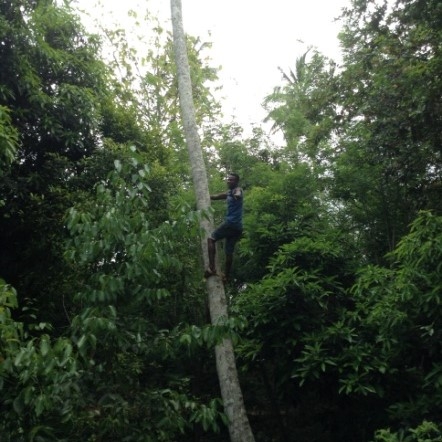

Wrapping up our journey through the plantation was the skittering up a very tall coconut tree by another local boy was the last of our exploration. He was amazing taking less two minutes to climb the tree. The coconut tree (Cocos nucifera) is a member of the family Arecaceae (palm family) and was at least 50 to 60' high. He was back in a flash with coconuts for us all. With his broad knife wracked at each coconut enabling us to have a refreshing drink and a taste of the meat.
Coconuts are known for their great versatility, as evidenced by many traditional uses, ranging from food to cosmetics. They form a regular part of the diets of many people in the tropics and subtropics. Coconuts are distinct from other fruits for their large quantity of "water", and when immature, they are known as tender-nuts or jelly-nuts and may be harvested for their potable coconut water. When mature, they still contain some water and can be used as seed nuts or processed to give oil from the kernel.
We concluded our tour with a tasting of many very fresh, very ripe fruits and teas. It was an amazing experience to see the spices growing, learn the production process and the many uses they have. Now when I next visit a Spice Market, be in Turkey, Hungary, Tunisia, Austria or anywhere in the world, I will be awed by the work that went into bring those spices into our lives.
